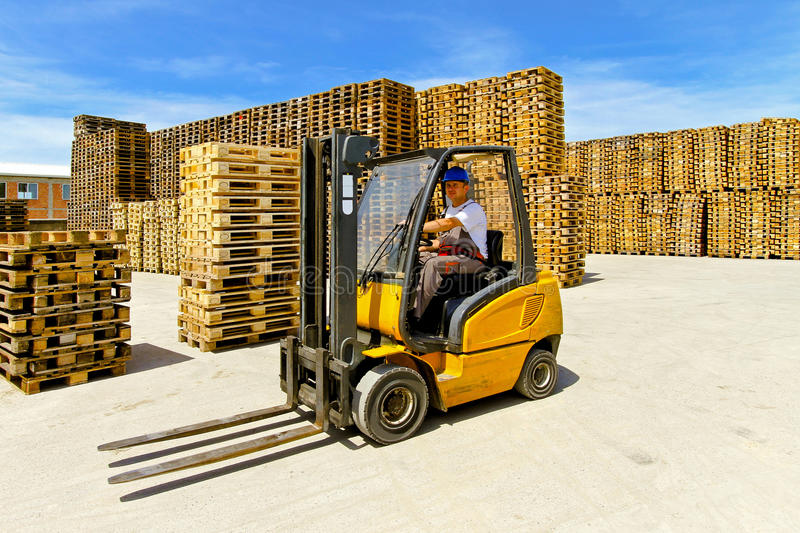What is a forklift? This is a small industrial vehicle invented in the 20th Century for ease in lifting and moving bulky loads for short in a warehouse, construction site, or manufacturing industries. Forklift operators are professionals responsible for carrying bulky materials safely under the responsible oversight of supply managers, or overseers at construction sites. Before operating this machinery, the operator needs training and certification from relevant institutions offering proper training.
Steps and requirements that an operator needs to get certification
Requirements may vary by country but an individual who is 18 years old with a valid driver’s license is worthy of being chosen to undergo a certification program. People can acquire training programs from schools or companies that offer training programs in person or on the internet. The courses comprise classwork, written tests, training, and evaluation tests.
1. The type of forklift certificate – This should be related to the type of machinery, the operator will be operating. If the machinery is a lift truck, the training program is divided into 7 classes.
Class 1:Solid and pneumatic counterbalance tires trucks and electric motor trucks
This type of machinery is quiet and does not produce emissions as it uses an electric battery. The operator can stand or sit while operating and they are used for loading and unloading.
Class 2:Narrow Aisle motor trucks
Forklifts in this class are also electric and the only difference is the capability to operate in a very narrow space.
Class 3:Hand electric motor trucks
They are operated by hands and frequently used to unload tractor-trailers. They are counterbalanced and sometimes an operator can stand or sit while operating.
Class 4:Internal combination engine trucks with solid tires
Forklifts in this class have engines similar to cars and require fuel to run. The low-profile tires make them ideal for moving loads from dock area to storage site.
Class 5:Internal combustion engine trucks
They can be found in large warehouses for ease of maneuvering on different terrain.
Class 6:Electric and internal combustion engine with pneumatic and solid tires
This is a combination of forklifts that require fuel and those that use batteries to operate.
Class 7:Rough terrain trucks
They are diesel-powered engine forklifts with large tractor-like tires and usually, they lift loads to a high point.
2. Registering – This can be achieved through schools that are approved to offer training programs
3. Attend classes – The initial part of the course involves safety, driving practical’s and machinery maintenance procedures. The training class must meet set standards and classes can routinely last from 6 to 8hours. These lectures are in form of written materials or video samples as teaching aids.
4. Examination – After every classwork is completed, a student has to pass with a lower limit of 75% of the written exams for him to proceed with the training.
5. Illustrate training – A student that has passed the theoretical examination will have to demonstrate practically the capability to operate a forklift. This will include inspection, loading, lifting loads, navigation, and other practical procedure that vary with stand up forklift.
6. Final assessment – An instructor will assess a student’s performance by operational rating and written exam performance. If the two assessments are sufficient, the student is certified and receives a forklift operator license.
Why is operator certification necessary?
The lack of knowledge and skill in operating industrial machinery can result in fatalities, deaths, and lawsuits. The machinery or warehouse the machinery operates is safer when proper skills are offered to the operators resulting in higher assessment rates, and low maintenance expenditures.
